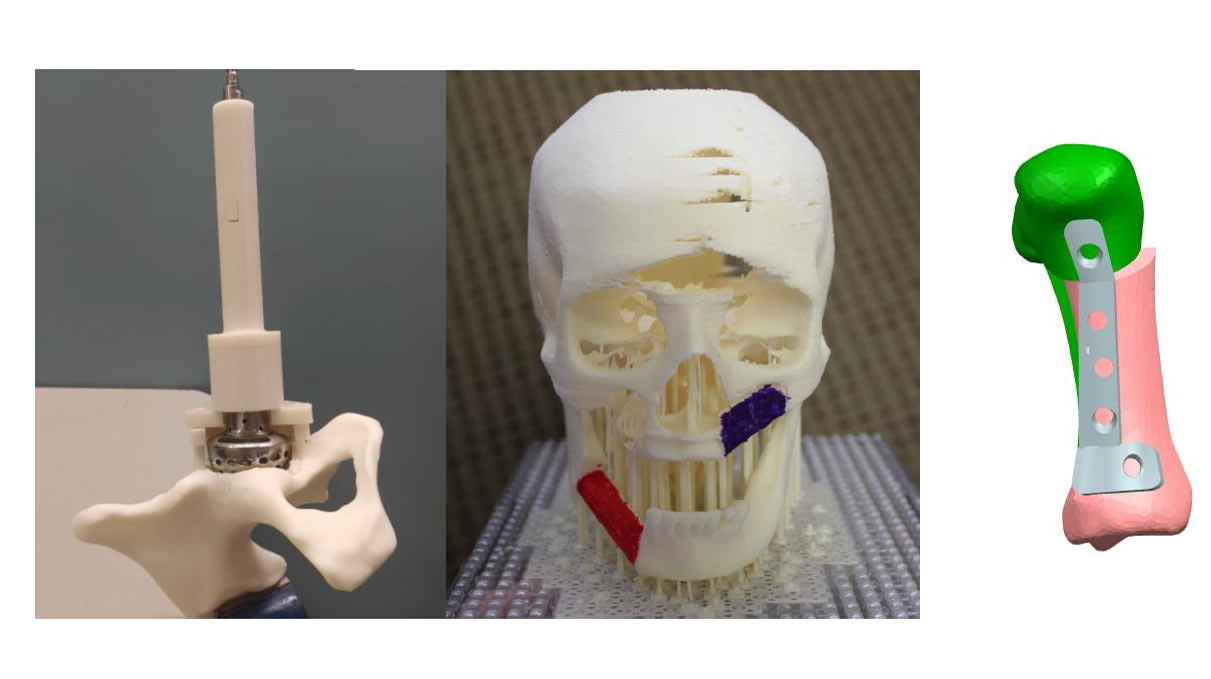What is 3D Printing for Medical Use?
3D printing (3DP) or additive manufacturing is a process of making three-dimensional solid objects from a computer model. In the process an object is created by laying down successive layers of material until the object is created. Each of these layers can be seen as a thinly sliced cross-section of the object. 3D printing can quickly produce complex shapes using less material and fewer machining than traditional manufacturing methods. In the medical field, 3D anatomic models are printed based on patients’ imaging results, such as CT or MRI scans.







